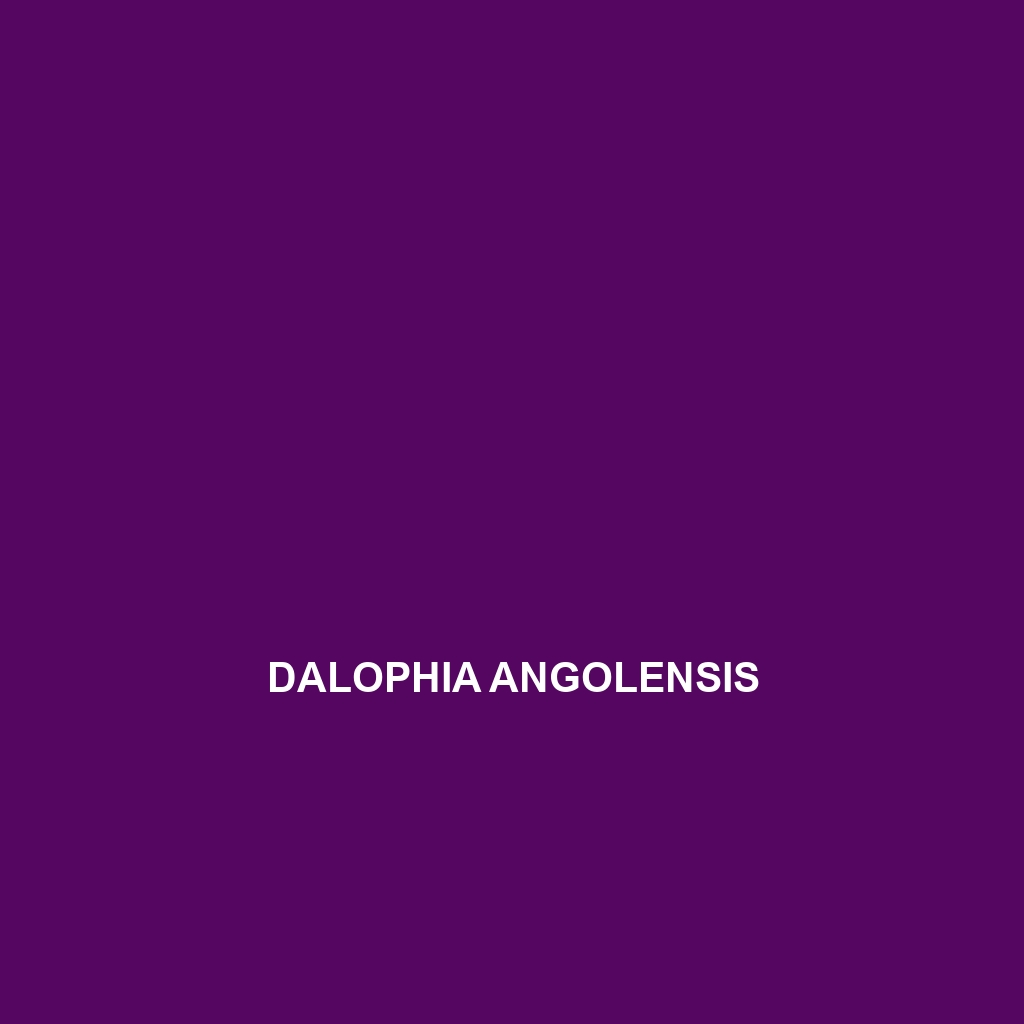-

Darevskia parvula
Darevskia parvula, or small Darevsky lizard, a vulnerable species thriving in the rocky slopes of the Caucasus, showcasing earthy tones and remarkable adaptability while playing a vital role in maintaining ecological balance through its diet of insects. This diurnal, agile lizard features distinctive dark stripes and regenerates its tail, making it an intriguing addition to…
-

Darevskia nairensis
The Darevskia nairensis is a vibrant lizard species found in the mountainous regions of the Caucasus, known for its slender body, detailed patterns, and remarkable adaptability to rocky habitats. With a diet primarily consisting of insects, this diurnal species plays a crucial role in its ecosystem while facing conservation challenges due to habitat loss.
-

Darevskia armeniaca
Armenian Rock Lizard (Darevskia armeniaca), a diurnal insectivore thriving in rocky habitats of Armenia. With its striking coloration and agile climbing abilities, this species plays a vital role in its ecosystem, contributing to insect population control and serving as prey for larger predators.
-

Darevskia adjarica
Darevskia adjarica, or Adjarian lizard, a species native to the mountainous regions of southwestern Georgia. This slender, diurnal lizard reaches 15-20 cm in length and thrives in sunny, well-drained habitats, showcasing vibrant color patterns and agile climbing abilities while playing a crucial role in its ecosystem.
-

Dalmatolacerta oxycephala
Dalmatolacerta oxycephala, known as the Dalmatian lizard, is a vibrant, agile species found in the rocky regions of Croatia and its neighbors. With distinctive brown to greenish-brown coloration, it plays a crucial role in controlling insect populations and adapting to its sunny habitats.
-

Daboia russelii
Daboia russelii, commonly known as Russell’s viper, a striking terrestrial snake found in South Asia. Recognized for its distinctive triangular head, vibrant patterns, and potent venom, this nocturnal predator plays a crucial role in controlling rodent populations while facing threats from habitat loss.
-

Daboia palaestinae
Daboia palaestinae, or Palestinian viper, a robust snake native to the eastern Mediterranean, distinguished by its light brown to yellowish hues and dark zig-zag patterns. Primarily nocturnal, this ambush predator plays a crucial role in controlling rodent populations while exhibiting fascinating reproductive and hunting behaviors.
-

Cyrtopodion sistanense
This Cyrtopodion sistanense, a vulnerable gecko species native to the arid regions of southeastern Iran, measures 10-15 cm with a sandy coloration, large nocturnal eyes, and specialized toe pads for climbing. Predominantly nocturnal, it feeds on insects and plays a vital role in controlling insect populations within its desert ecosystem.
-

Cyrtopodion rhodocauda
Cyrtopodion rhodocauda, commonly found in the arid regions of Central Asia, is a small to medium-sized gecko known for its slender body, vibrant coloration, and flattish tail. This nocturnal hunter thrives in rocky desert environments, primarily feeding on insects while playing a vital role in the ecosystem as both predator and prey.
Search
Popular Posts
-
Lampropeltis abnorma
Discover the striking Lampropeltis abnorma, or Central American Kingsnake, known for its vibrant coloration and smooth, glossy scales. Found in Central America’s tropical rainforests, this nocturnal predator plays a crucial role in its ecosystem by controlling pest populations and maintaining balance among small mammal and reptile communities.
-
Lamprolepis smaragdina
The Emerald Tree Skink (Lamprolepis smaragdina) is a vibrant, arboreal reptile native to tropical rainforests in the South Pacific, recognized for its striking green coloration, slender build, and prehensile tail. Primarily insectivorous, these skinks thrive in humid environments and play a vital role in maintaining ecological balance within their habitats.
-
Lamprolepis nieuwenhuisii
Discover the stunning Lamprolepis nieuwenhuisii, also known as the Nieuwenhuis’ Wrinkle-scaled Lizard, native to the rainforests of Southeast Asia. This fascinating species is characterized by its unique wrinkled scales, vibrant coloration, and agile movements, playing a vital role in its ecosystem as both a predator and prey.
Categories
Tags
animal adaptations (850) animal behavior (4898) animal reproduction (830) behavior (920) biodiversity (7464) conservation (1670) conservation efforts (1649) conservation status (5327) diet (2102) echolocation (822) ecological balance (1841) ecological role (1702) ecology (796) ecosystem (1469) ecosystem role (2797) endangered species (2472) environmental conservation (782) habitat (3269) habitat conservation (1030) Habitat Destruction (1243) habitat loss (3223) insectivorous reptiles (825) IUCN Red List (1720) lizard reproduction (801) nocturnal animals (2738) nocturnal behavior (2473) nocturnal reptiles (891) physical characteristics (2032) reproduction (2880) reptile behavior (805) reptile conservation (1148) reptile reproduction (842) rodent species (1325) seed dispersal (2115) Seed Disperser (971) small mammals (1166) snake behavior (766) snake diet (872) snake reproduction (939) South America (801) tropical forests (944) Vulnerable Species (4739) wildlife (2510) wildlife conservation (5021) wildlife protection (947)




